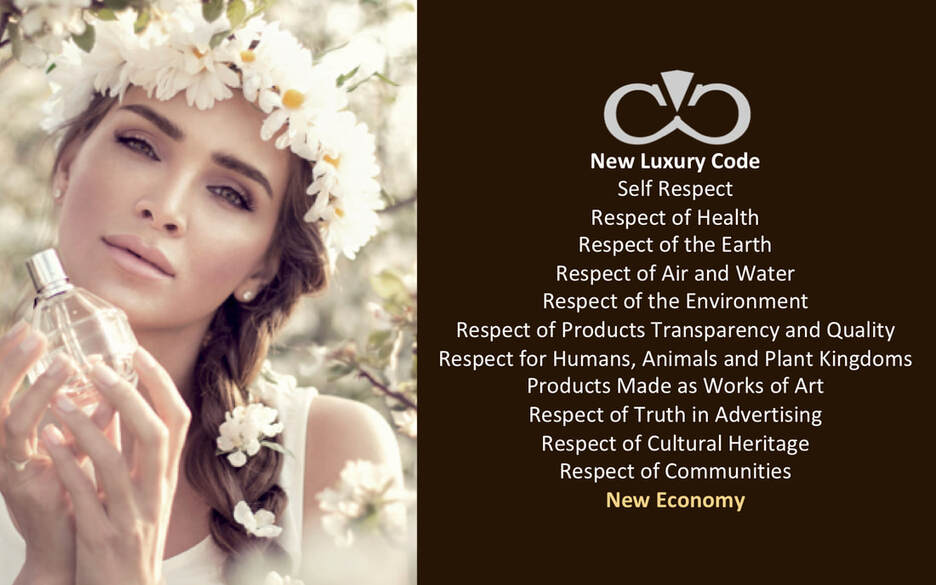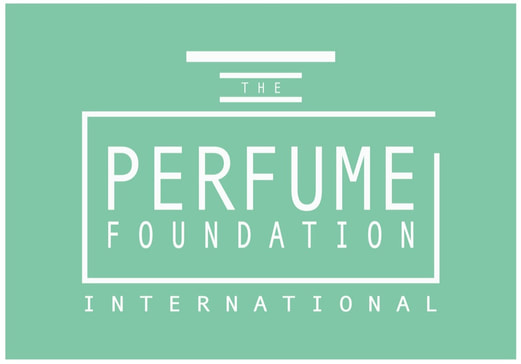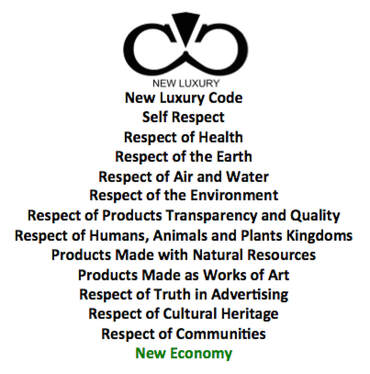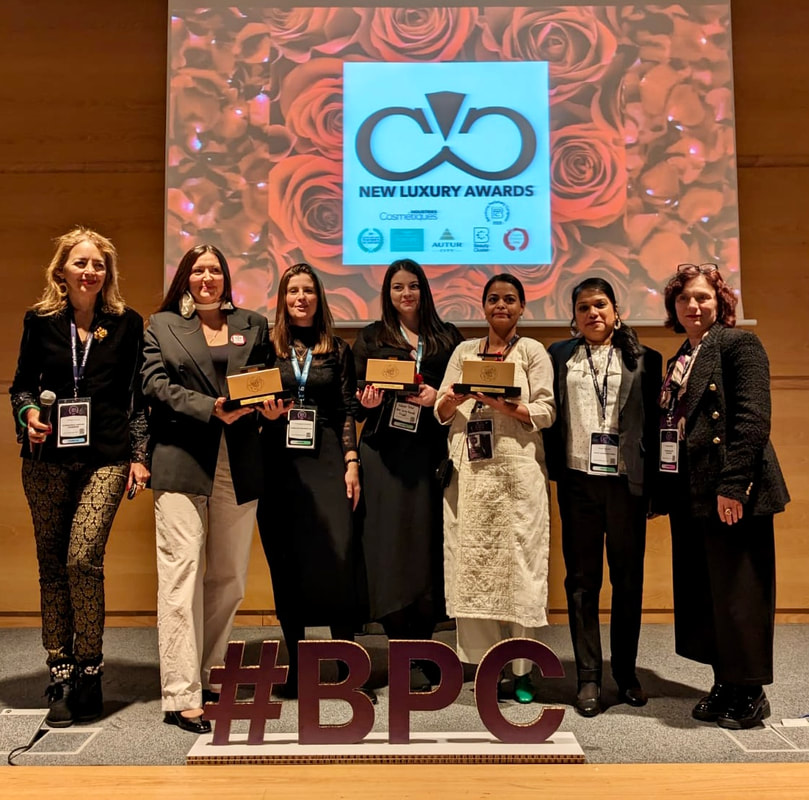In partnership with the Natural Perfumery Teacher's Academy, Natural Perfumes Only, Autur City and the Tisserand Institute, Creezy Courtoy delivered an insightful presentation on IPF activities, highlighting IPF Education, the Natural Perfumers Certification, and the World Perfume Museum Collection. She also emphasized the importance of olfaction and introduced her Olfaction Training Course for both perfumers and children.
Lakenda Wallace captivated the audience with her course designed to assist nurses in supporting Alzheimer’s patients, while Rachel Binder explored the fascinating quantum physics of plants and the higher hertz healing power of roses and other plants to restore cellular organization.
Terry Johnson presented his visionary program, Healthy Homes for America, adding a unique dimension to the event.
The public truly enjoyed the experience discovering Natural Perfumery with: Jackie Brenner - De Kloka, Leanne Hirsh - Perfumera Curandera, Lakenda Wallace - Modern Peasant, Rachel Binder - Pomares Stolen Perfume, Amy Bilodeau - Orris Water, Victoria Artz - Common Senses and Rodney Hughes - Therapeutate Perfume.
Each visitor received a special gift bag that included a lava bracelet. They had the opportunity to explore and try perfumes at each perfumer’s booth, selecting their favorite to add to their bracelet.
The feedback was fantastic, and every visitor left with at least one perfume.

















 RSS Feed
RSS Feed